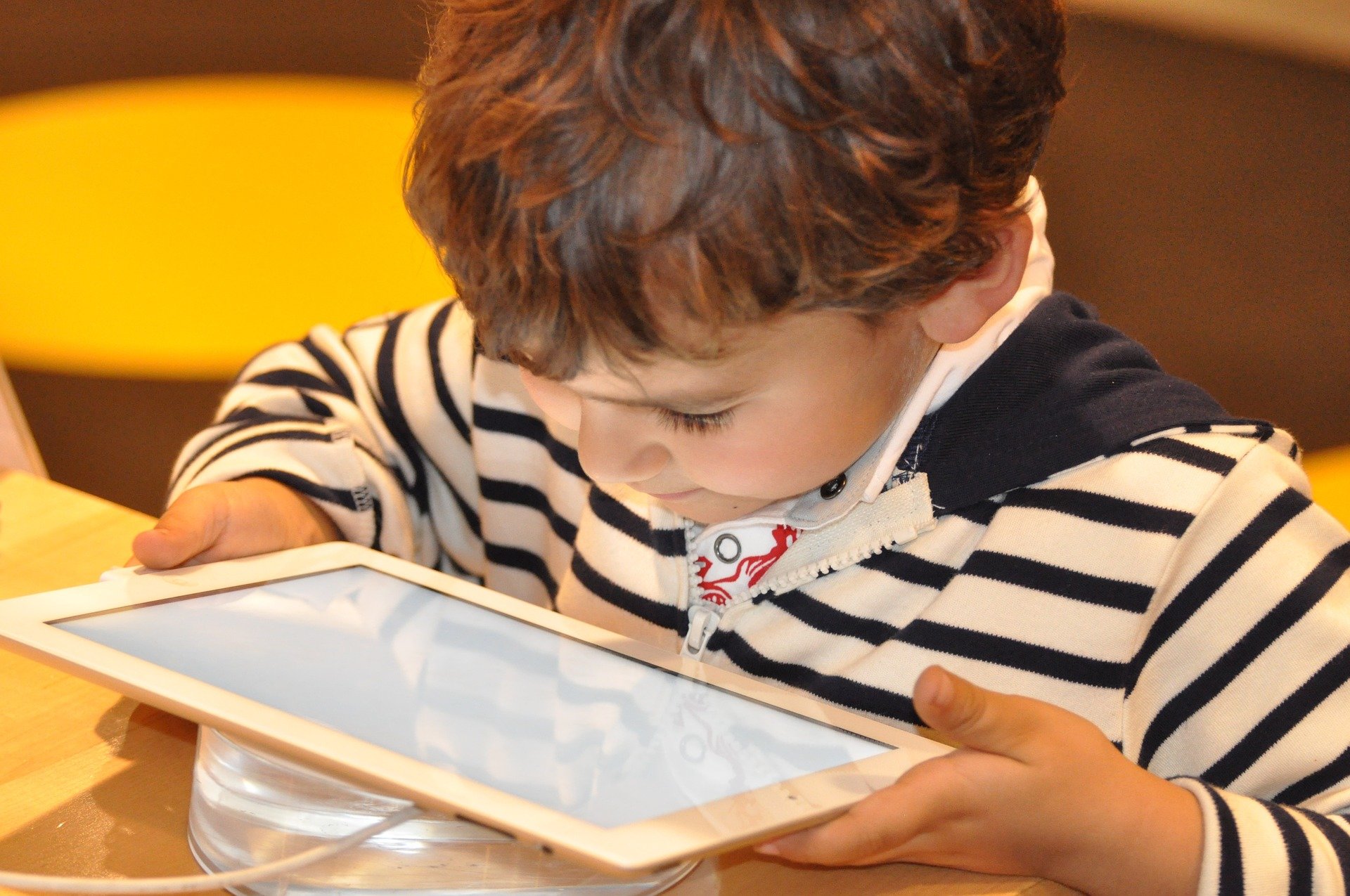× close
University of Melbourne researchers have found prolonged COVID-19 lockdowns have led to a significant reduction in children’s book ownership post-pandemic, with children putting aside traditional reading materials in favor of tablets.
As part of the study, published in Communication Research and Practice, the team conducted two national online surveys of parents in Australia, one in October 2021 (shortly after COVID-19 lockdowns had ended), and the other in November 2022.
In both surveys, parents of children as young as 7 were asked to identify the digital devices their children owned.
The results of the first survey showed the respondents’ children mostly owned books (66.5%). While tablet ownership increased from 59.1% in the 2021 survey to 67.1% in the 2022 survey.
Researcher Dr. Katherine Day, who worked on both surveys, said, “These findings could signify a reduction in children’s reading activities, as e-reader ownership also dropped from 13% to 5% over the same period.”
Associate Professor Wonsun Shin, a lead investigator on the report said, “As some parents may be aware, many children now read on their tablets, but to what extent are they reading digitally for pleasure? Our research shows that children are becoming increasingly drawn to digital devices, with approximately one-third of respondents in the second survey reporting that their child’s screen use increased since the start of the lockdowns.”
The findings also revealed that YouTube watching and gaming were the most popular online activities.
In a concerning development, 50% of respondents indicated that their children now spend more time on screens than playing outside, and parents’ attitudes towards children’s engagement with screen use has changed post pandemic.
Respondents reported that during the pandemic, screen time was a shared family experience, and that they took time to explain to their children the proper ways of using digital devices. When the lockdowns ended, they reverted to a “restrictive” approach to mediating screen use, focusing more on monitoring and limiting their children’s access.
“One reason for the more relaxed attitude towards screentime during lockdowns could be attributed to children being unable to play with friends, attend sports or congregate outside the home. At the time, television viewing, gaming and smartphone and tablet use offered opportunities for fun and leisure,” Dr. Day said.
While poor media habits can lead to disrupted sleep and withdrawal from family activities, researchers say there are some benefits to spending time on screens.
“The pandemic opened up new ways for families to enjoy multimedia together and for parents and caregivers to observe and perhaps trust their children more to moderate their own use.
“This ‘together’ time has the capacity to strengthen connections within families and for parents who would normally adopt ‘restrictive’ mediation to relax their limits if they see some benefits to how the media can both entertain and educate their children,” Associate Professor Shin said.
More information:
Katherine Day et al, Children’s reading and screen media use before, during and after the pandemic: Australian parent perspectives, Communication Research and Practice (2024). DOI: 10.1080/22041451.2024.2322810

